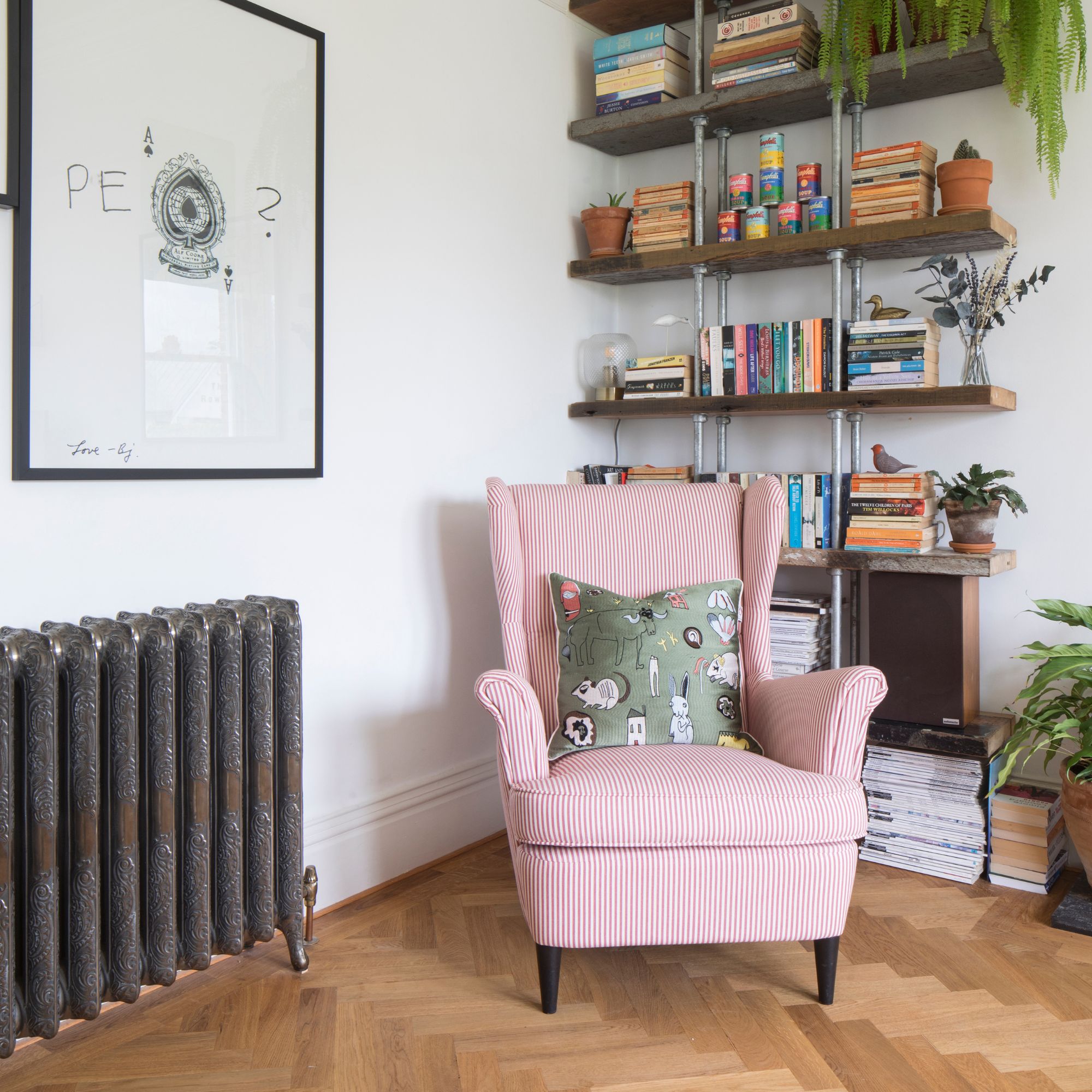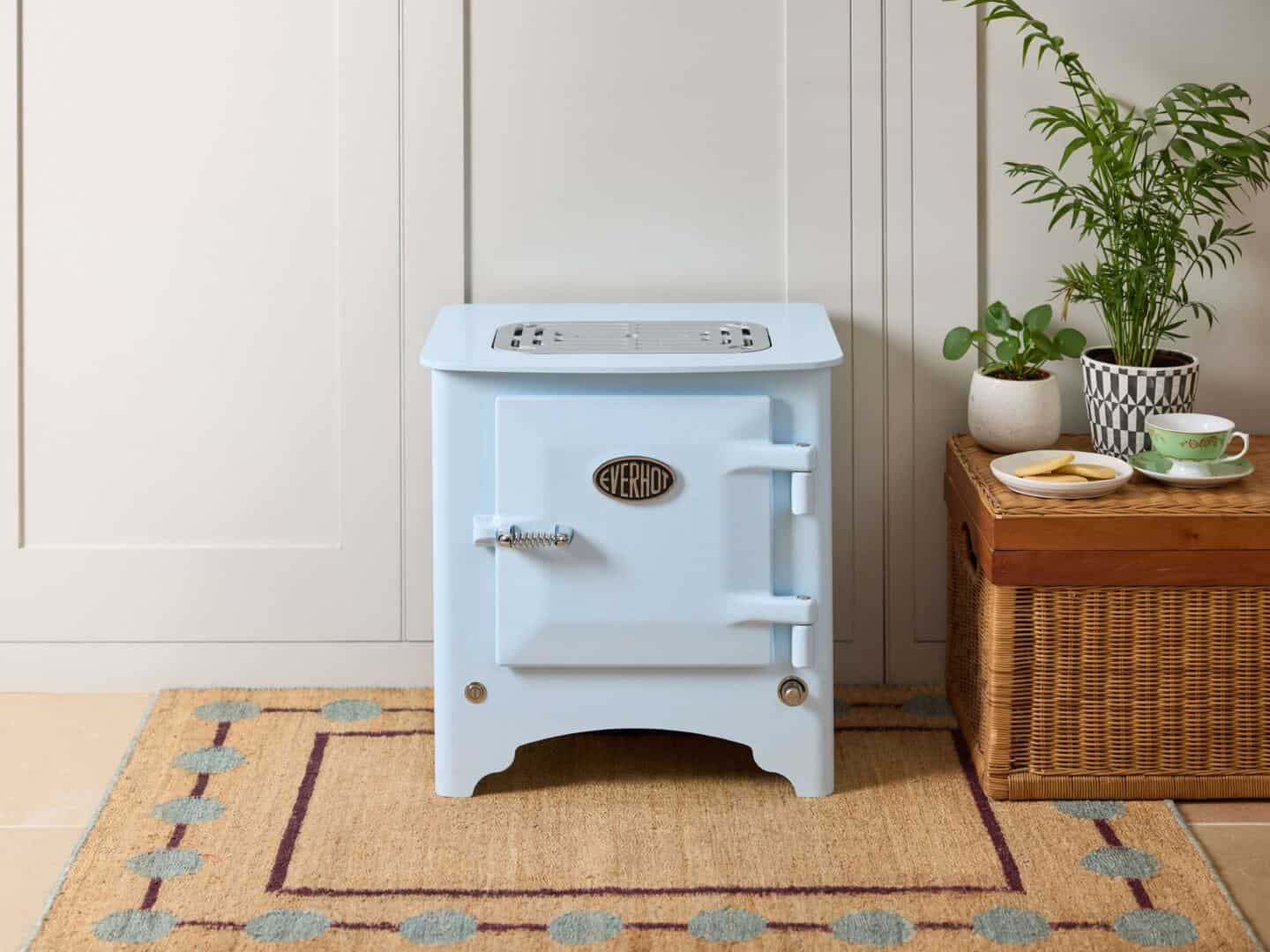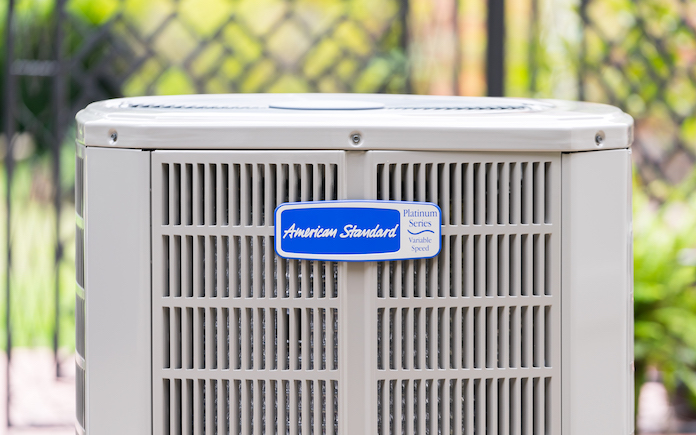What’s your best trick for staying warm at home without turning the heating on? Let us know your top tip
This week on Ideal Home all our discussions have been dominated by the drop in temperature, and all the tricks we’re using to keep warm and avoid turning the central heating on for another week. I’m sure the Ideal Home team is not alone in feeling the chill as we edge closer to the end … Read more








